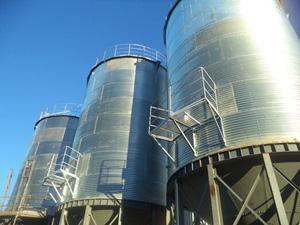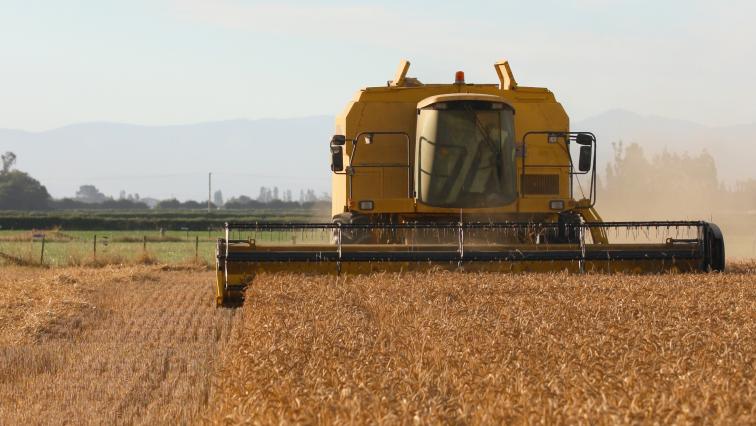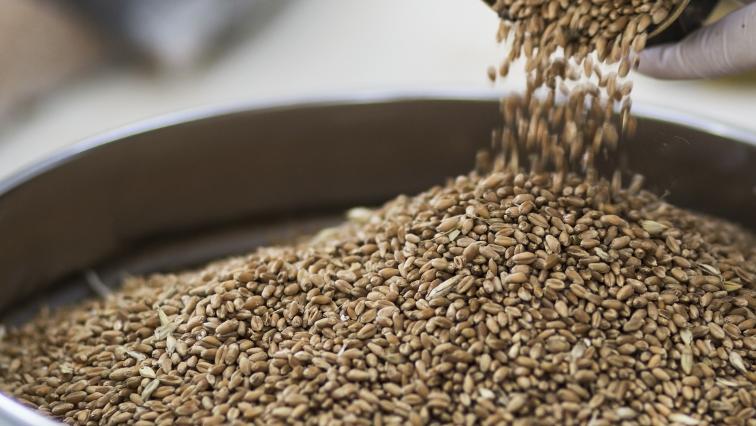After the Farmer has completed the harvest, they will send the grain to the Miller who will mill the grain to make flour.
Before this, the Farmer and the Miller will have agreed on a certain quantity and quality of the grain to be delivered to the Mill and in some cases the Miller may reject the delivery if it doesn’t meet the agreed standard.

Once at the Mill, the Miller will test the grains protein, moisture and enzyme activity, and then store the grain in very large storage containers called silos.
When transferring the grain into a silo, the grain will be cleaned to remove as many impurities such as stones, metal, rubble and dust as possible.
The cleaning is done to protect machinery in the Mill and also minimise the risk of a dust explosion.
During storage in the SIlos, the Miller must monitor and control moisture levels and the temperature of the grain.
If these are not controlled, the grain can become spoilt and not be able to be used to make flour.
The Miller will take wheat from the silos for it’s daily production requirements. They can either take wheat from a single silo, or take a blend from a number of silos to produce a blend or grist of wheat.
The blend or grist of wheat used depends on the cost of the grain and the quality of flour they are trying to produce.
Usually flour is produced based on its protein content but there are many other characteristics to consider when blending.
Once the grain has been cleaned and conditioned, it passes into the milling process.
Using a continuous process of grinding, grading and sieving the grain is separated into bran, flour and germ.
The germ is the part of the grain that could be used as seed to grow wheat. This needs to be removed as it has a high fat content and spoil the flour. It makes up only 2% of the grain.
During the milling process, the Miller needs to consider the water absorption levels, and colour of the grist or blend of grain.
As the endosperm is ground by the rollermills, there is a chance that bran can be reduced to powder. If this happens, there is no chance to remove the bran as it is the same particle size as the flour, and makes the flour darker.
The water absorption levels of flour, which means the amount of water that be sustained in the dough making process without causing problems, is adjustable by the amount of grind from the rollermills.
By squeezing the endosperm between two fast moving rollers, the starch granules within the endosperm are damaged and this increases the flours' ability to absorb water.
The careful selection of wheats during gristing plays a part in dictating the range of starch damage possible. The baker likes starch damage because he can get more dough from less flour. Too much starch damage however has disastrous effects on the enzymic activity of fermentation leading to very poor quality bread. So it is a delicate balancing act for everyone.
The flour made is then stored in silos before packing out in bags, or bulk loading into a tanker, for delivery to a customer.
Usually flour is held for at least a few days in these silos to allow the flour to "age". This ageing process improves the quality of the flour and removes the yellowish tinge of freshly milled flour.


